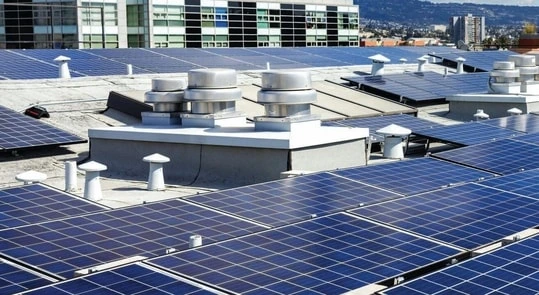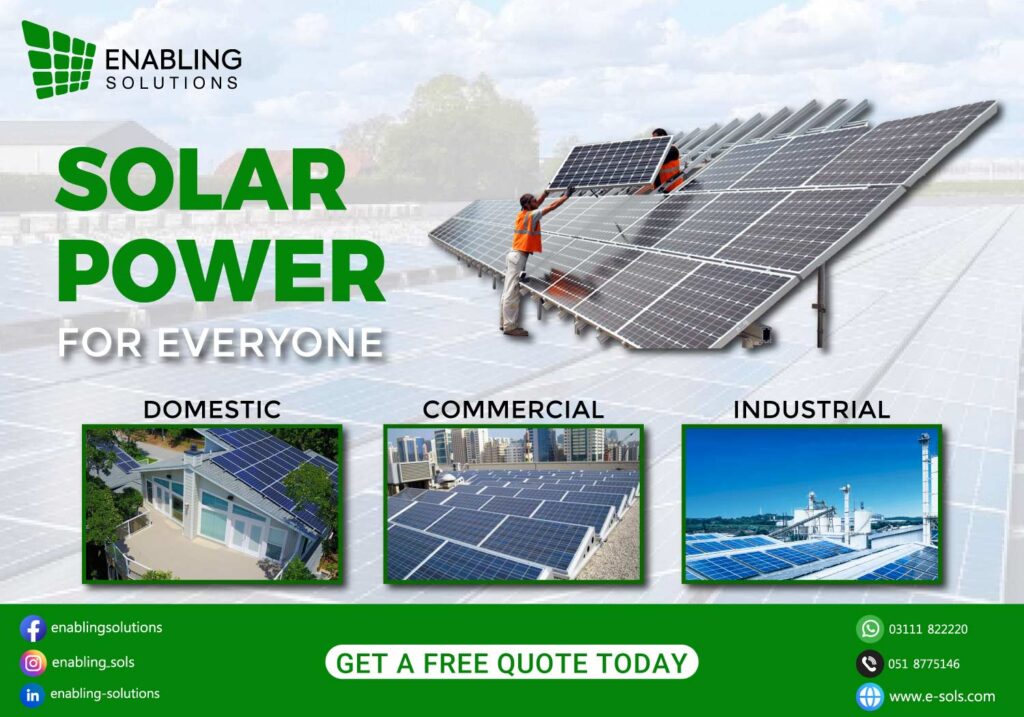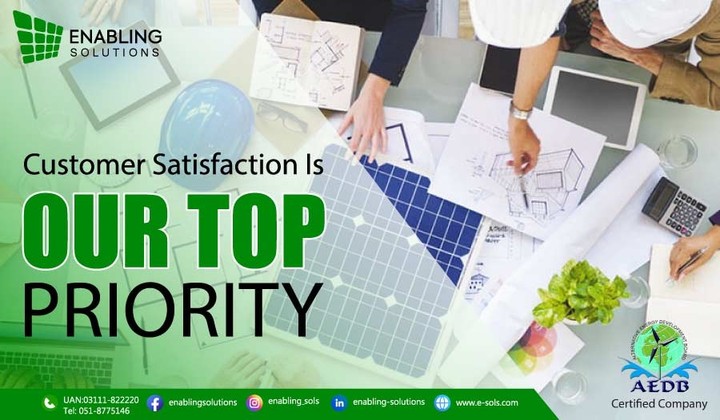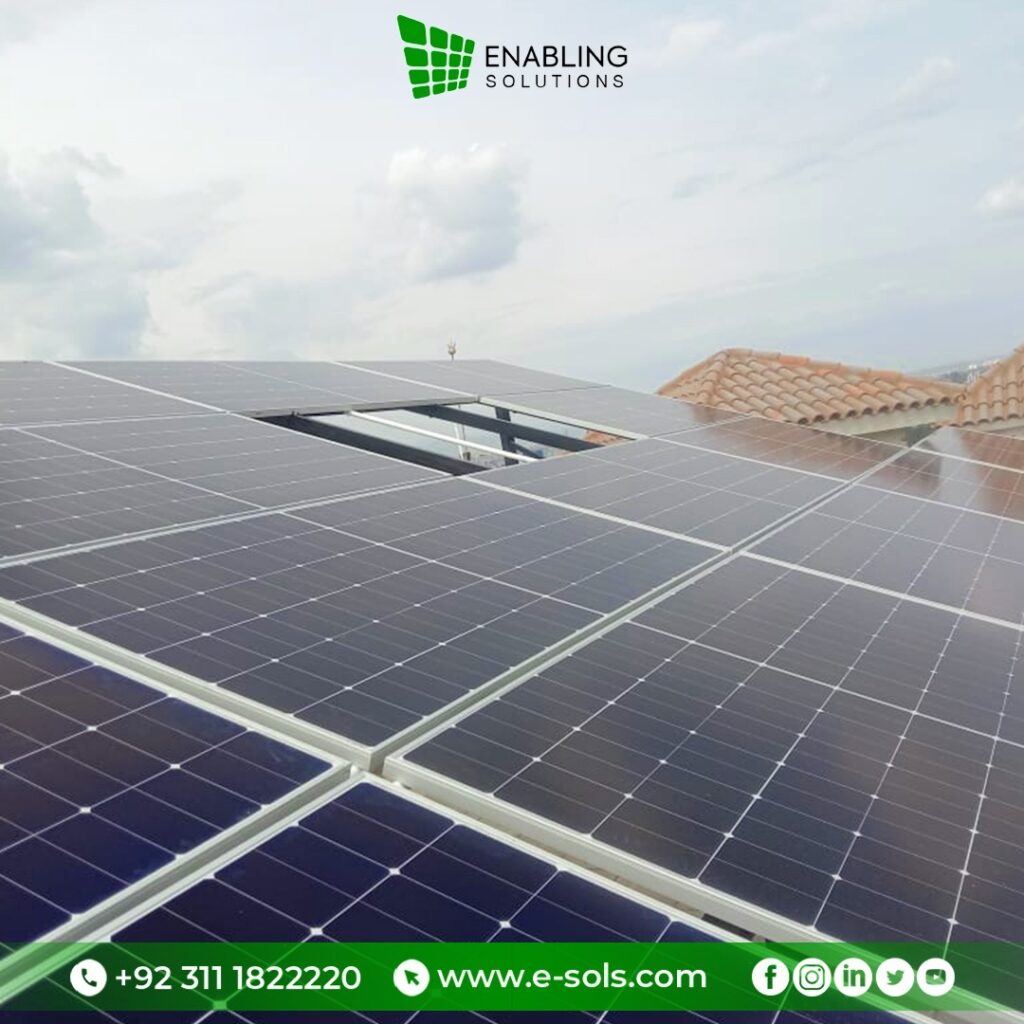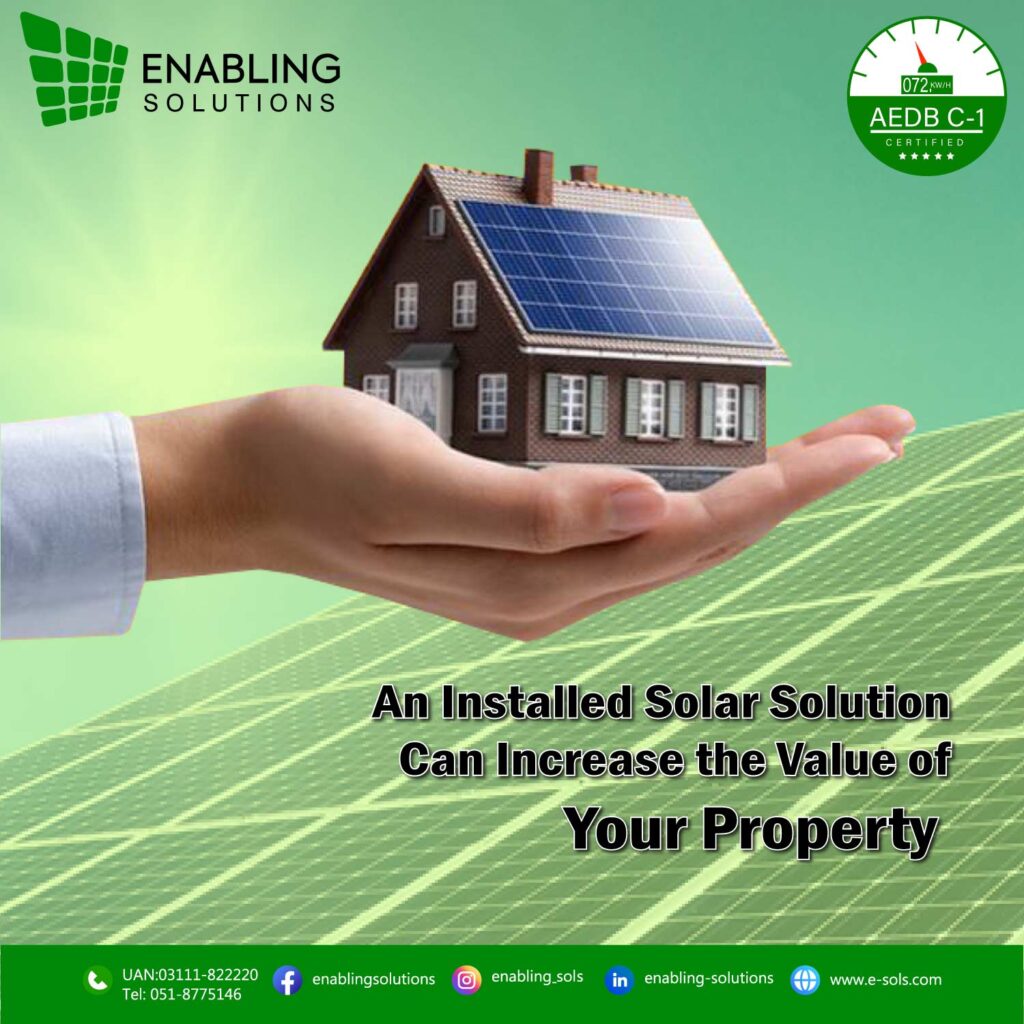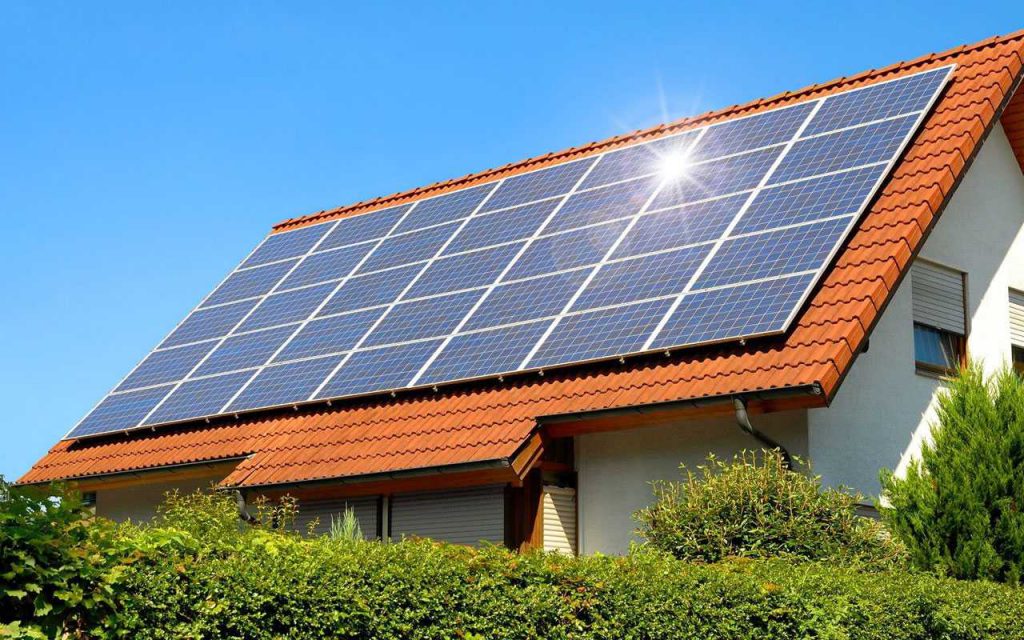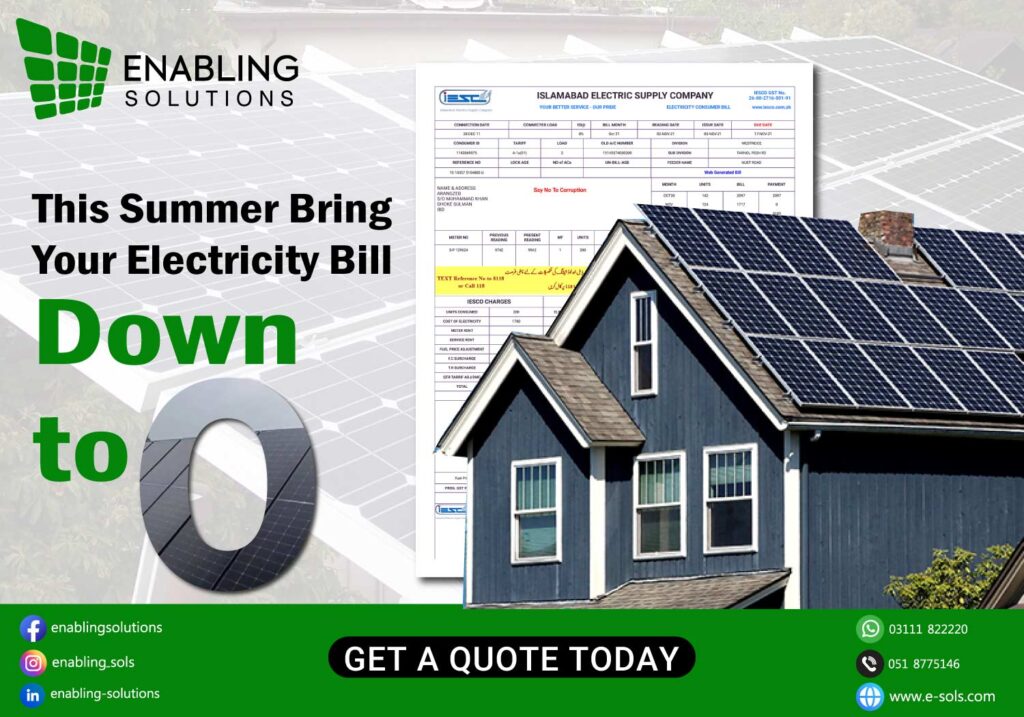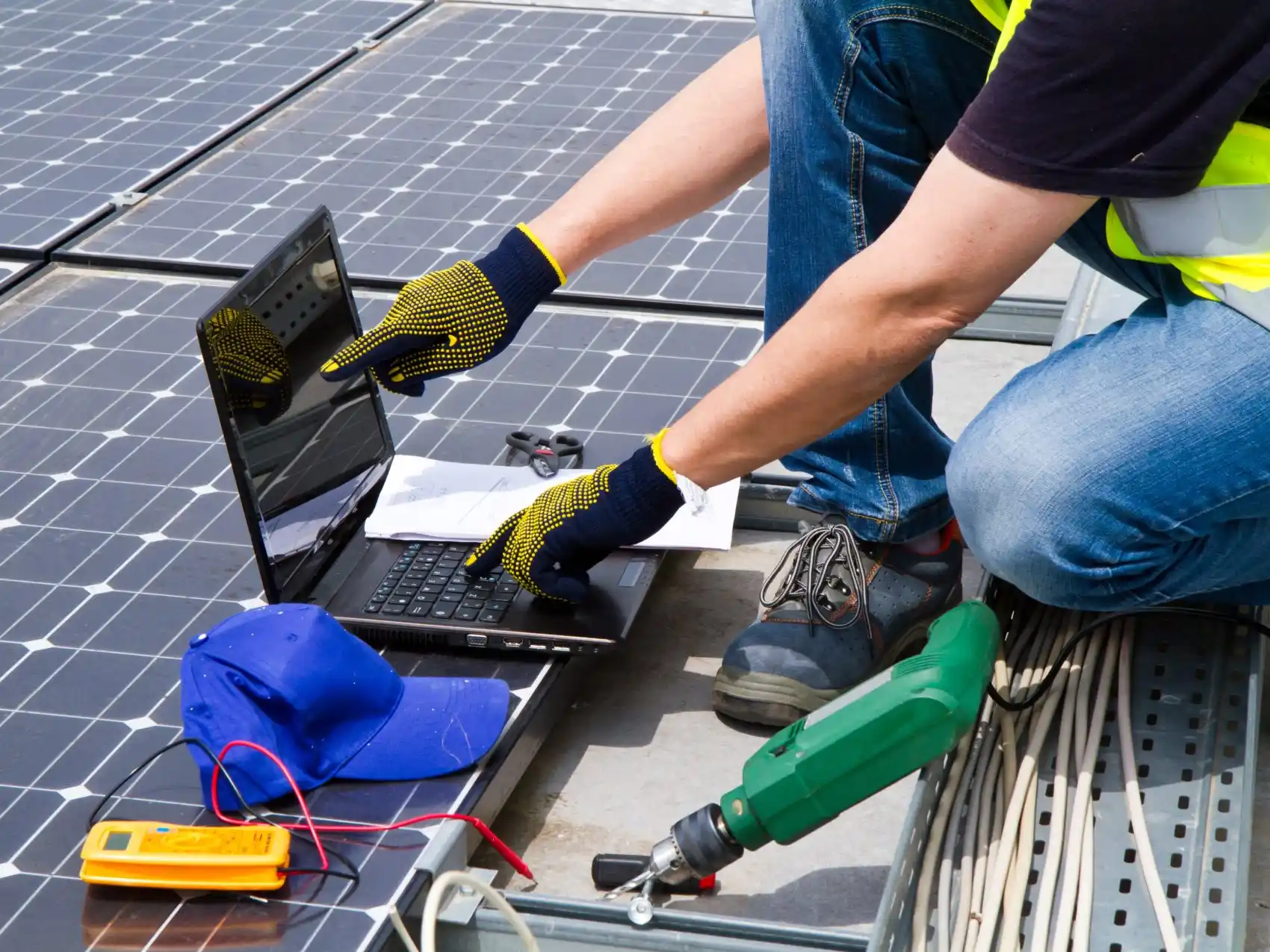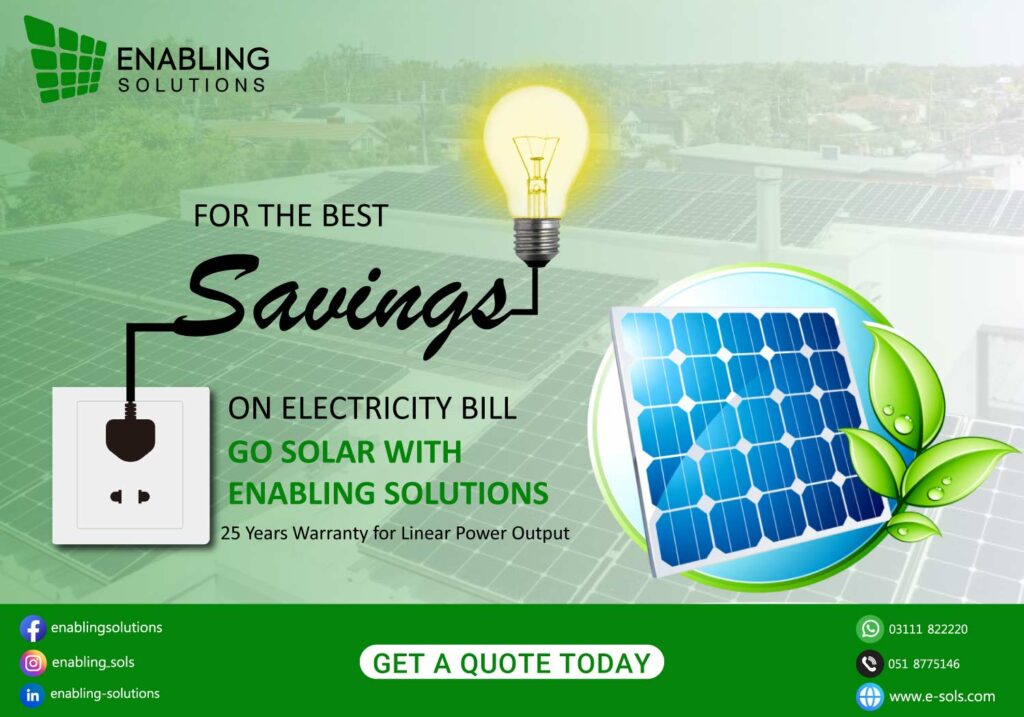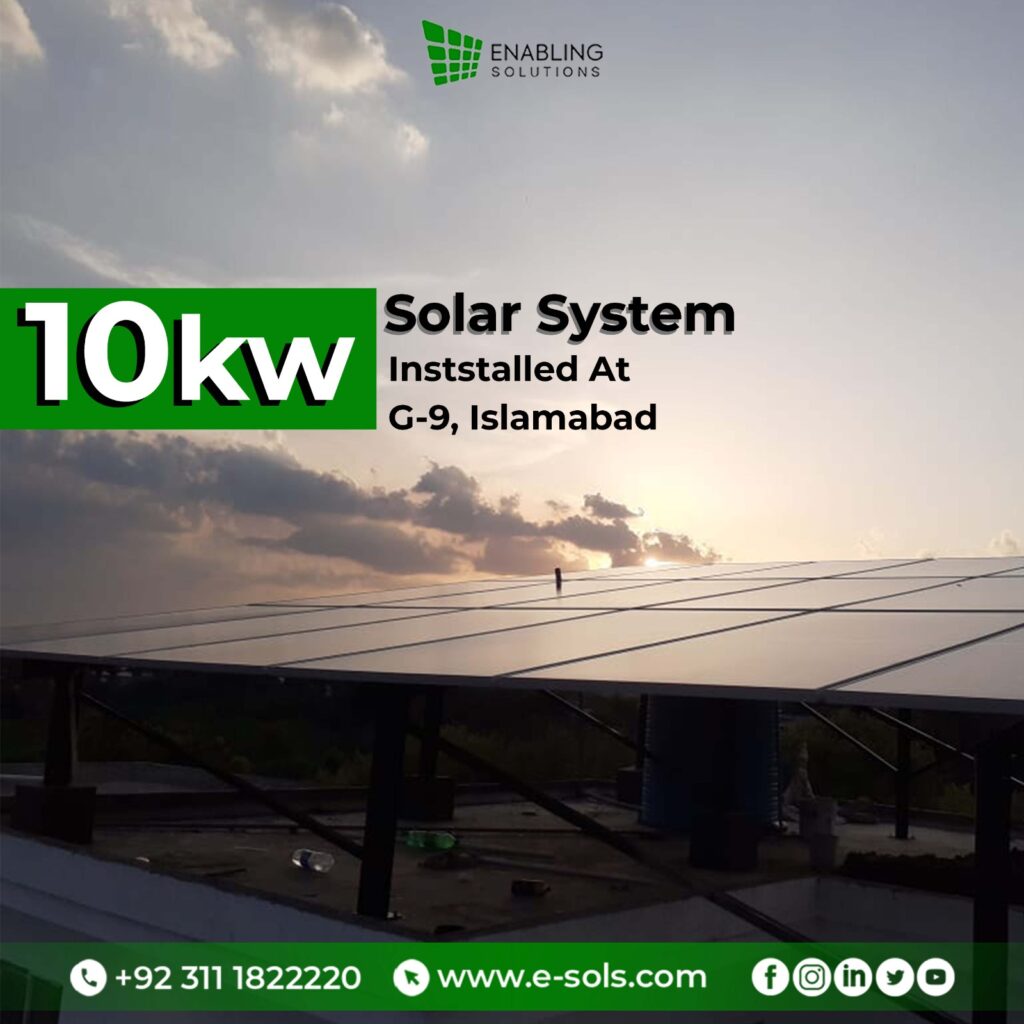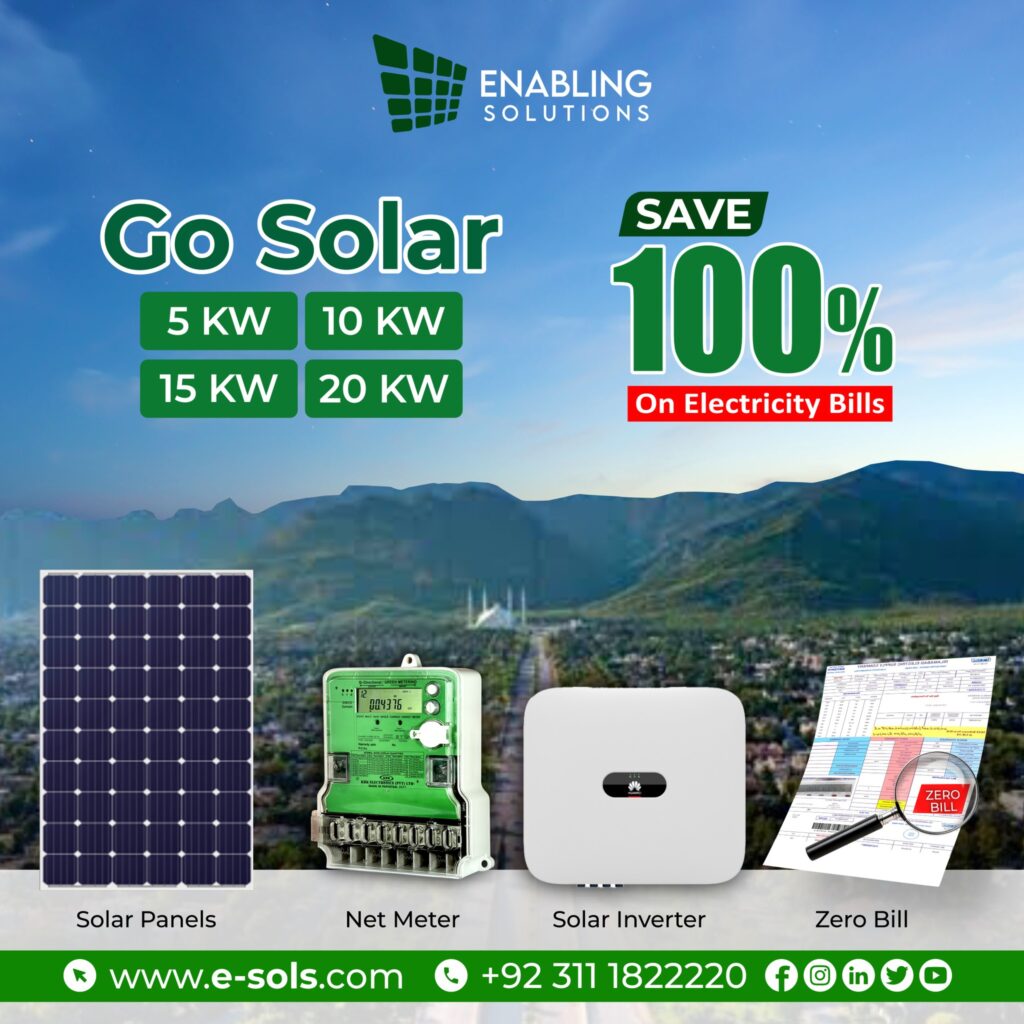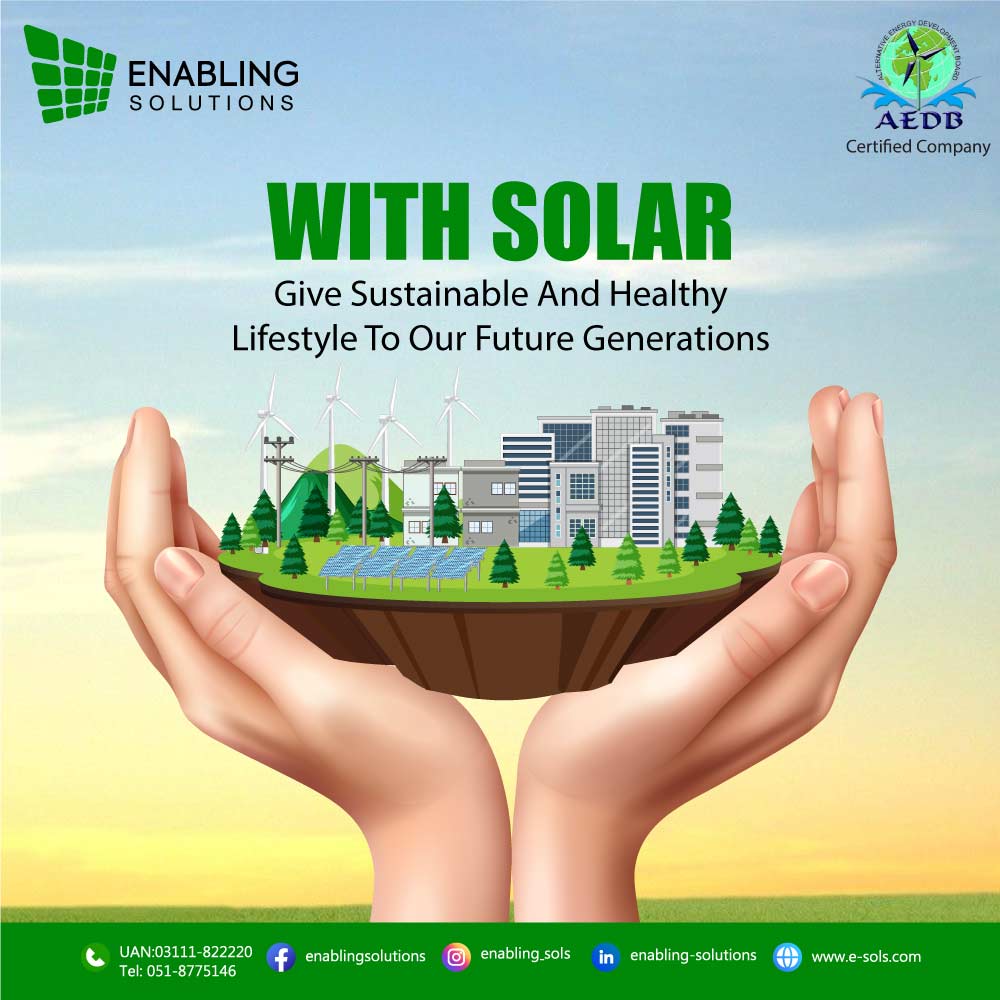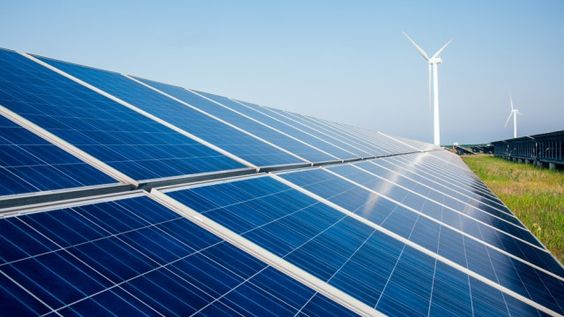Are you looking for a Solar panel guide? Then, here comes the time of ease for you. In this article you will get the information about solar panels, about its types, installation process and the professional installer. Solar energy is an increasingly popular alternative energy source that is becoming more accessible and affordable for the average homeowner. In this guide, we will explore the basics of solar panels, how to choose the right panel for your needs, how to install and connect them to the grid, and ways to maximize their efficiency.
We’ll also discuss the cost, environmental benefits, and advancements in solar technology. Moreover, you will also find about Enabling Solutions, solar energy company providing its services in the twin cities and Lahore. By the end of this solar panel guide, you’ll have a comprehensive understanding of solar energy and how it can benefit your home.
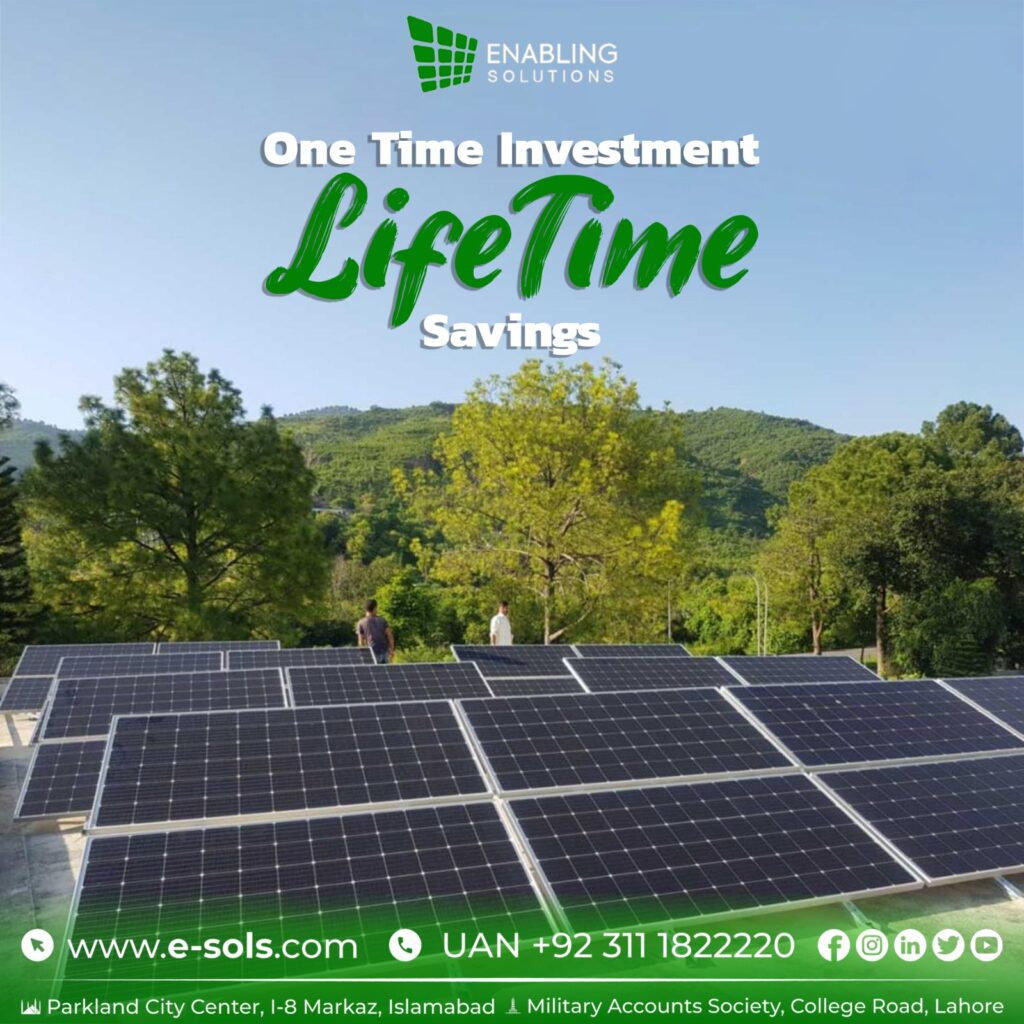
Table of Contents
Solar Panel Guide
Solar energy is the use of sunlight to produce electricity. Solar panels convert sunlight into usable energy that can power homes and businesses without reliance on traditional power sources. The benefits of solar energy are numerous, including cost savings, eco-friendliness, and independence from rising energy costs. This Solar panel guide will help us to analyze the solar panels work in different ways.
Enabling Solutions, a renewable energy company, providing its best services over the last 25+ years in Islamabad, Rawalpindi and Lahore is known for its professional work and expert team. Successfully had delivered unlimited projects and making clients happy and satisfied.
Services by Enabling Solutions
Enabling Solutions is providing services in the following sectors:
Industrial Solar System
Agricultural Solar System
Commercial Solar System
Net Metering
Solar Services
Worried about Payment ?
Enabling Solutions has realization of current inflation situation present in the Pakistan. Therefore, we are excited to introduce our Installments Plans to our valuable customers. We want out customers to invest once but in a right place.
Enabling Solutions has partnered with the leading banks of Pakistan including Alfalah Bank, Meezan Bank and Faysal Bank and presenting 7 years installments plan. Get more information by clicking here!
Basics of Solar Panels
A solar panel is a device made up of photovoltaic (PV) cells that capture and convert sunlight into electricity. Most panels are made up of silicon, which is abundant and efficient at converting sunlight into electricity.
How Solar Panels Work
Solar panels work by allowing light particles, or photons, to knock electrons free from atoms, creating a flow of electrons, or direct current (DC) electricity. This electricity is then converted into alternating current (AC) electricity that can be used by homes and businesses.
Types of Solar Panels
There are three main types of solar panels in this solar panel guide: monocrystalline, polycrystalline, and thin-film. Monocrystalline panels are the most efficient and expensive, while thin-film panels are the least efficient and cheapest.
Components of Solar Panel
Enabling Solutions is serving the people all around Pakistan, therefore this solar panel guide is presented for clients so they can learn in depth about Solar panels. Solar panels consist of PV cells, a frame, and a glass cover to protect the cells from the elements. They also have wiring to transfer electricity from the panel to the home or business.
Choosing the Right Solar Panel Guide
Before choosing a solar panel, it’s essential to determine your energy needs. You can do this by looking at past energy bills to determine your average monthly consumption. Go through solar panel guide as well.
Factors to Consider When Choosing Solar Panel
When choosing a solar panel, it’s essential to consider factors such as efficiency, durability, and warranty. You want to choose a panel that will provide the best return on investment over its lifespan.
Solar Panel Brands to Consider
The popular brands have a reputation for producing high-quality and efficient panels. Enabling Solutions is the best choice with proven record of 25 years in this field.
Solar Panel Warranties
Solar panel warranties typically last between 20-25 years and cover defects and performance issues.
How to Install Solar Panels
There are two main ways to install solar panels:
Roof mount: Roof-mounted panels attach directly to your roof
Ground mount: Ground-mounted panels are installed on the ground and may require additional construction.
Types of Installation
There are several types of solar panel installations, including fixed-angle, adjustable-angle, and tracking systems. Fixed-angle systems are the most common and least expensive.
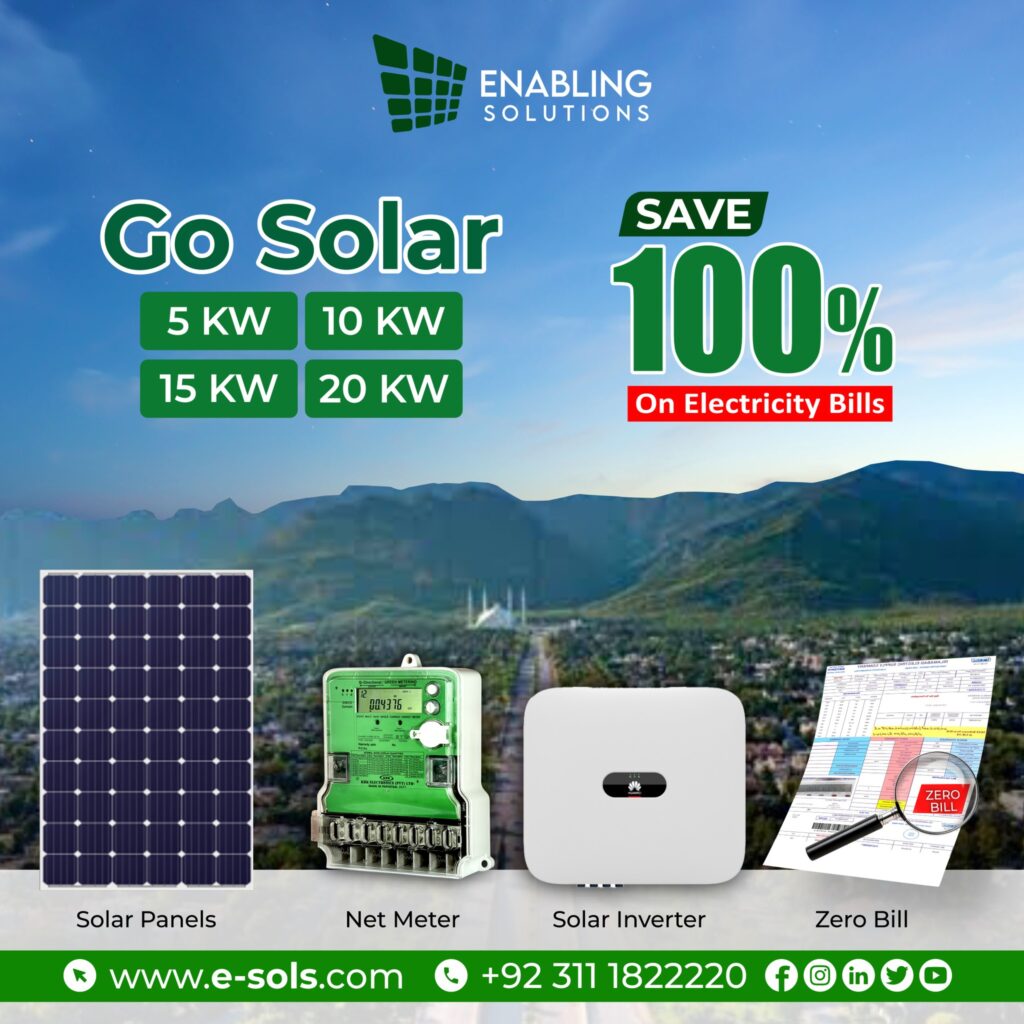
Hiring a Solar Installer
If you’re not comfortable installing solar panels, you can hire a professional installer or go through any solar panel guide. It’s essential to choose an installer with experience and proper licensing and insurance. This is most crucial moment for you as you’re investing a high amount therefore chose wisely and after taking guidance from this solar panel guide, chose Enabling Solutions for best services and secure future.
Building and Zoning Permits
Before installing solar panels, you may need to obtain building and zoning permits. These requirements vary by state and municipality, so it’s essential to research the regulations in your area.
Steps in Connecting Solar Panels to the Grid
Connecting solar panels to the grid involves several steps, including installing an inverter to convert DC electricity to AC electricity, and obtaining permission from your utility company to connect your panels to the grid.
Different Types of Solar Inverters
There are three main types of solar inverters: string, central, and micro-inverters. Each type has its own advantages and disadvantages.
Understanding Net Metering
Net metering is a policy that allows homeowners to sell excess electricity generated by their solar panels back to their utility company. This policy can result in significant cost savings for homeowners.
Tips on Solar Panel Maintenance
Solar panels require minimal maintenance, but it’s essential to keep them clean and free of debris. You should also regularly check for damage or performance issues. Consult this solar panel guide for clear information.
How to Clean Solar Panels
Cleaning solar panels is relatively simple and can be done with a soft-bristled brush and mild soap. It’s essential to avoid harsh chemicals and to clean the panels when they’re cool.
Repairing and Replacing Solar Panels
In the event of damage or performance issues, it may be necessary to repair or replace the affected panel. It’s essential to work with a professional to ensure safe and effective repairs.
Monitoring Your Solar Panel Performance
Monitoring your solar panel performance can help you identify issues and maximize efficiency. There are several apps and tools available to help you track your solar production.
Maximizing Solar Panel Efficiency
There are several ways to increase solar panel efficiency, including adding more panels or upgrading to more efficient panels. You can also use a solar tracking system to maximize panel output.
Upgrading Your Solar Panels
Upgrading your solar panels can result in significant efficiency gains. It’s essential to choose panels with a higher wattage rating and efficiency rating to get the most bang for your buck.
Other Ways to Maximize Solar Power
In addition to upgrading your panels, you can maximize solar power by using battery storage, smart home features, and energy-efficient appliances. These technologies can help you further reduce your energy costs.
Latest Developments in Solar Technology
Advancements in solar technology are constantly improving panel efficiency and decreasing costs. Some of the latest developments include bifacial panels, perovskite solar cells, and solar skins.
The Future of Solar Technology
The future of solar technology is promising, with researchers exploring new materials and designs to improve panel efficiency further. It’s likely that solar energy will continue to become more accessible and affordable in the coming years.
Pros and Cons of Solar Energy
Advantages of Solar Energy
The advantages of solar energy include cost savings, eco-friendliness, and energy independence. Solar energy can also increase your home’s value and reduce your carbon footprint. Its potential to empower communities and mitigate climate change stands as an unwavering testament to its advantages.
Disadvantages of Solar Energy
The disadvantages of solar energy include the upfront costs of installation and occasional maintenance needs. Solar energy also relies on sunlight, meaning it may not be suitable for areas with limited sunlight. Solar energy, despite its renewable nature, faces challenges such as intermittent power generation during cloudy days and high initial investments required for installation.
Cost of Solar Panels
How Much Do Solar Panels Cost?
The cost of solar panels varies depending on several factors, including the size of the system and the quality of the panels. On average, a residential system can cost between $15,000 and $25,000. The cost of solar panels in Pakistan varies depending on factors such as the panel type, capacity, and installation requirements. On average, the cost can range from PKR 100,000 to PKR 300,000, making it an affordable and increasingly popular renewable energy option in the country.
Factors That Affect the Cost of Solar Panels
Factors that affect the cost of solar panels include the size of the system, the quality of the panels, and the complexity of installation. Furthermore, advancements in technology and economies of scale can also impact the overall price of solar panels. Additional costs may include wiring and combiner boxes.
Ways to Finance Solar Panels
There are several ways to finance solar panels, including cash purchases, loans, and leases. Each method has its own advantages and disadvantages, so it’s essential to choose the option that’s best for you.
Environmental Benefits of Solar Panels
Positive Impact of Solar Energy on the Environment
Solar energy has a positive impact on the environment by reducing greenhouse gas emissions and reliance on nonrenewable energy sources. It can also reduce water consumption and pollution in the manufacturing process.
Reducing Carbon Footprint
By reducing your reliance on nonrenewable energy sources, solar panels can help reduce your carbon footprint. This reduction in carbon emissions can help combat climate change and protect the environment.
Frequently Asked Questions
What is the lifespan of solar panels?
It depends on various factors like how much solar panels are used, also questions rises about its maintenance, normally solar panels last more than 25 years.
How many solar panels do I need to power my home?
It depends on the usage and need of the home.
How this Solar Panel Guide is helpful for you?
This solar panel guide is providing you all the useful and practical information through which you can take maximum guideline.
Conclusion
In conclusion, this solar panel guide is the ultimate guide for the beginners if they want to take maximum benefit from it. Solar panels are an excellent investment for homeowners looking to reduce their energy costs and environmental impact. By understanding the basics of solar energy, choosing the right panel for your needs, and maximizing efficiency, you can enjoy all the benefits solar energy has to offer. Remember to always work with a professional installer and to research the regulations in your area. With solar panels, you can enjoy energy independence and cost savings for years to come.



